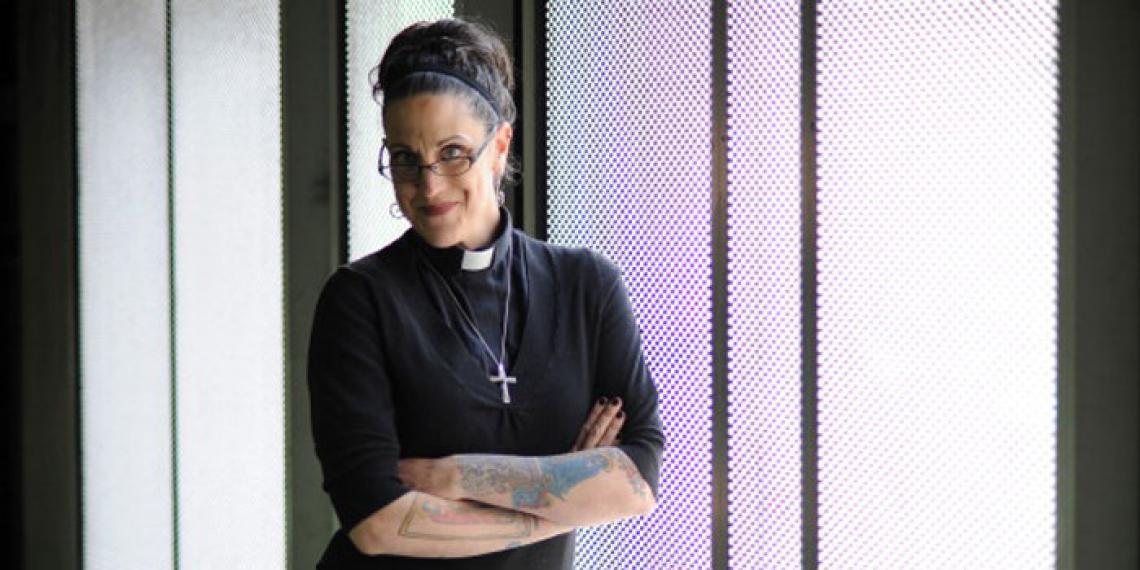You are here
Turning church inside out

She’s a six-foot-plus, heavily tattooed, weightlifting, ex-drug addict alcoholic, who swears and hates institutional church.
Nadia Bolz-Weber is also a Christian minister and passionate evangelist. As a Lutheran minister, she started a church in central Denver, Colorado, eight years ago called the HH. It was a space for people who didn’t like church and it quickly filled with outcasts and outsiders—‘queers, transgender people, alcoholics and the homeless’—the strangers of society.
The idea of welcoming strangers is something we all like, but in reality it’s hard. As War Cry contributor Coralie Bridle has challenged us recently, it’s much more than standing at the church door giving people a handshake and a newsletter, and much more than a carefully put-on smile and automatic invitation to a cup of tea or coffee after the service.
One of the things I love about my job with The Salvation Army is how often I’m talking to former addicts, former prisoners and society outsiders sitting in churches and making huge positive differences to the lives of others. To me, that sounds like true hospitality and what church should be: a space where absolutely anyone can feel comfortable as part of a community approaching God and living in relationship with him.
Yet, as much as I like the idea, in practice there’s always someone you wouldn’t feel comfortable sitting in church with. Our natural instinct as people seems to be to draw an ‘us-and-them’ line.
As the Reverend Bolz-Weber puts it, even in their church—which is specifically targeted for the outsiders of society—they still created a divide between ‘insiders’ and ‘outsiders’.
When a big group of supposedly ‘typical’ old, white, suburban churchgoers began coming, she describes herself as horrified. ‘What are they doing messing up my weird?’ she asked. She phoned another pastor friend to ask what the procedure was when normal people started messing up your church. His response was, ‘You guys are really good at welcoming the stranger when it’s a young transgender kid, but sometimes the stranger looks like your mum and dad.’
I wonder if Salvation Army founders William and Catherine Booth ever felt that way after starting a very similar ministry to congregations full of people typically rejected from church? And I wonder how Salvationists today feel, looking around their churches?
Are we prepared (to borrow the words of one of my favourite songs from the band Mutemath) to become ‘fond of broken people, as I see that I am one of them’? Do we see our differences, or do we see people made in the image of God?
What gives me hope is the response Nadia Bolz-Weber describes from a church meeting about what to do with these strange ‘normal’ people in their midst. This response came from a young man called Asher who said, ‘As the young transgender kid who was welcomed into your community, I’d just like to say that I’m really glad there are people here who look like my mum and dad, because they love me in a way my parents can’t right now.’
Now, that’s an inspiring challenge!
by Robin Raymond (c) 'War Cry' magazine, 22 August 2015, pp3.
You can read 'War Cry' at your nearest Salvation Army church or centre, or subscribe through Salvationist Resources.